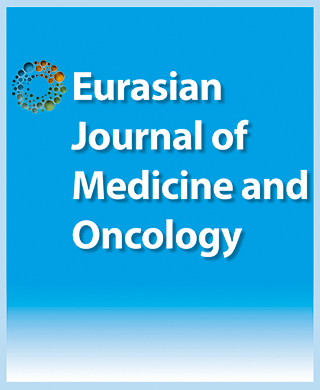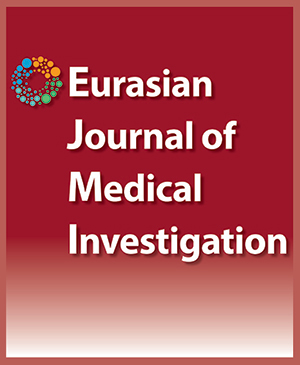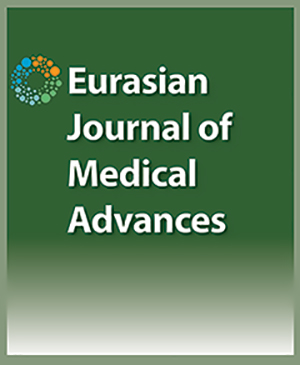

Limb Salvage in Pediatrics with Malignant Bone Tumors:Team Approach to Orthopedic Oncology
Bahaa Zakarya Hasan1, Mohamed Kamal Mesregah21Department of Orthopedic Surgery, Menoufia University Faculty of Medicine, Shebin El-Kom, Menoufia, Egypt, 2Department of Orthopedic Surgery, Menoufia University Faculty of Medicine, Shebin El-Kom, Menoufia, Egypt and Department of Orthopedic Surgery, University of Southern California Keck Faculty of Medicine, Los Angeles, California, USA,
Pediatric limb salvage necessitates collaboration of multi-disciplinary team approach; members are orthopedic oncologist, pediatric oncologist, radiologist, pathologist, physiotherapist, and psychotherapist. Limb-salvage choices fall into two principal categories, biological reconstruction as well as endoprosthetic arthroplasty, each of which has functional and technical concerns that are fundamental to determine the optimal management option. Limb-salvage surgery in pediatrics has unique challenges, with precise planning to assure the maintenance of limb-length equality with durable construction for long-term function into adulthood. Limb salvage can achieve satisfactory oncological and functional results and quality of life as compared with amputation. Improvements in biological reconstructive methods, as well as endoprosthetic design, allow effective limb-salvage choices after oncological resections in pediatrics that are ideally adjusted to the patient’s unique functional needs. Keywords: Ewing’s sarcoma, limb salvage, malignant limb tumors, pediatrics, team approach, osteosarcoma
Cite This Article
Hasan B, Mesregah M. Limb Salvage in Pediatrics with Malignant Bone Tumors:Team Approach to Orthopedic Oncology. EJMO. 2020; 4(1): 26-34
Corresponding Author: Mohamed Kamal Mesregah



